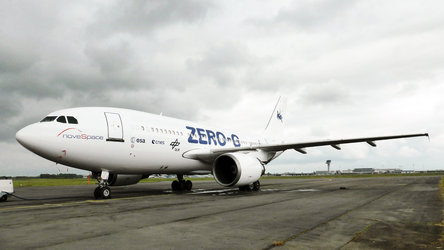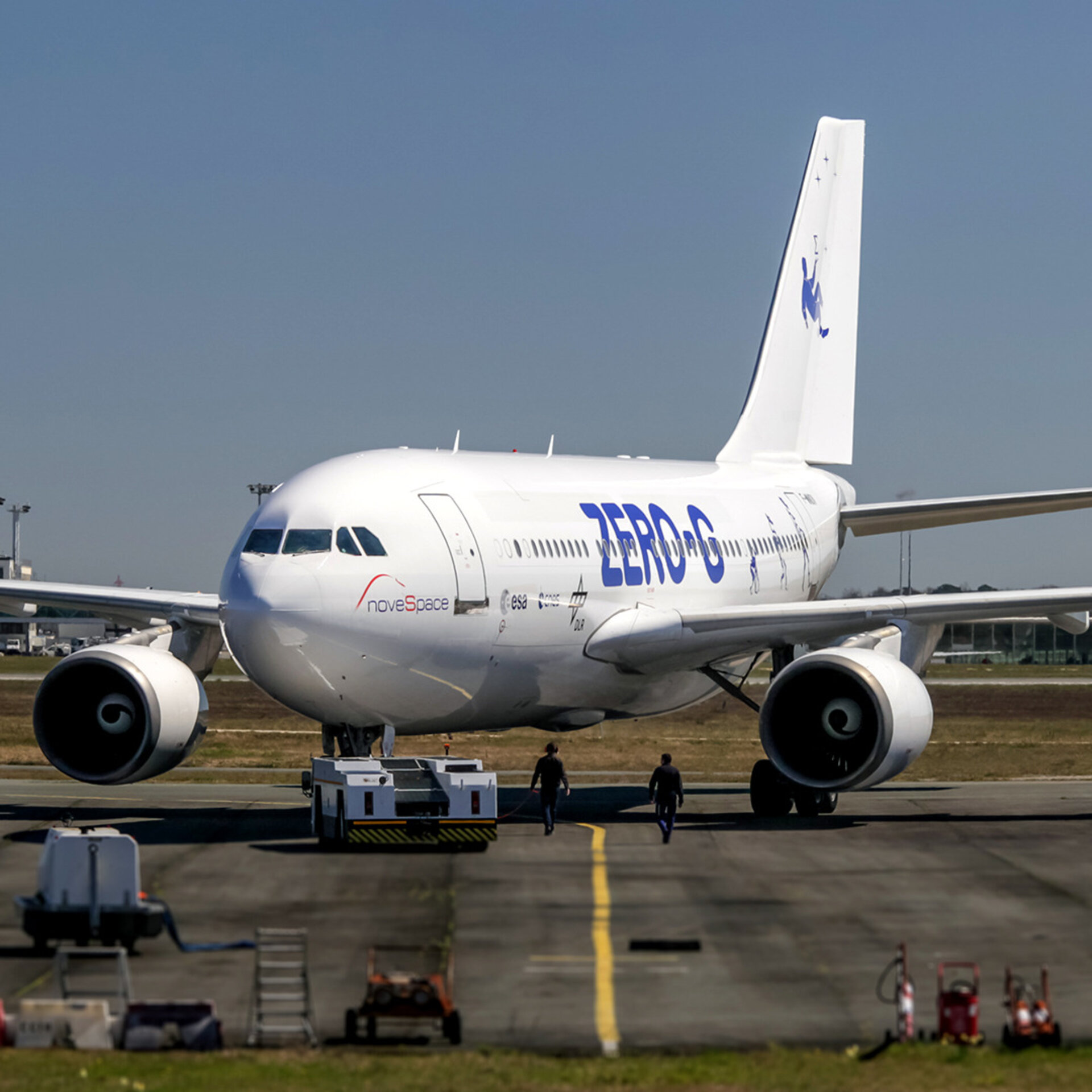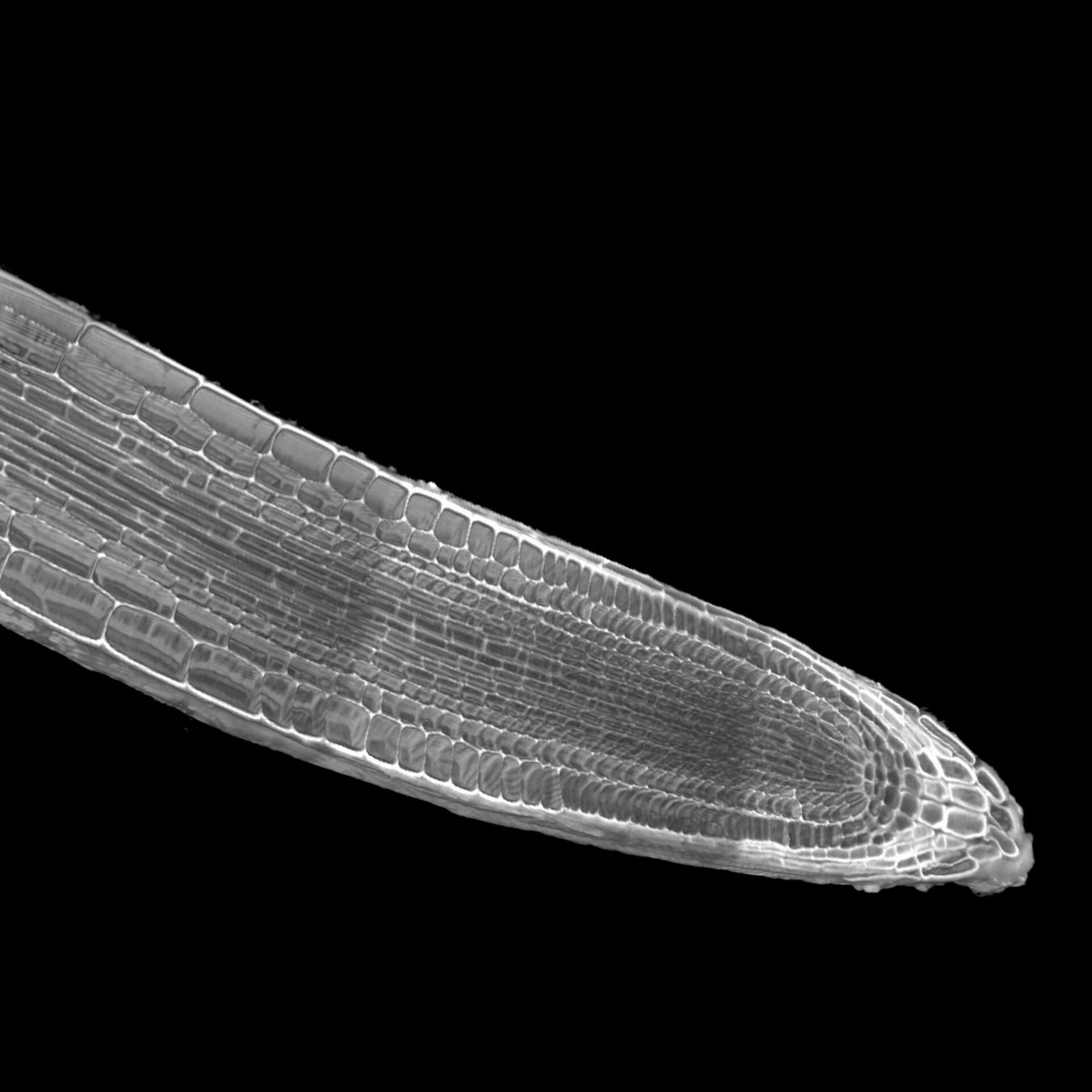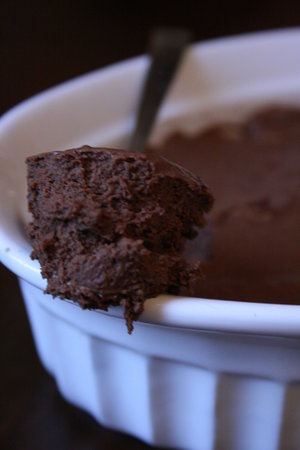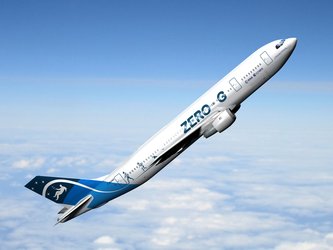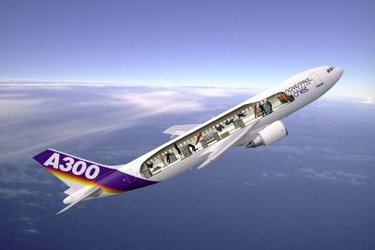Don’t fasten your seatbelt
European scientists do not hesitate when offered a ticket to weightlessness on Earth. Despite the confusion of losing track of up and down, repeated periods of microgravity can push their experiments to the limit on Europe’s ‘Zero-G’ Airbus A300.
Parabolic flights are the only way to run such experiments on humans without leaving Earth’s atmosphere. Over the course of multiple roller-coaster flights at up to 45°, researchers find out more about the effects of gravity on experiments and improve equipment destined for space.
Each ascent and descent offers about 20 seconds of microgravity. Parabola after parabola, the total weightlessness time per flight can be as much as 10 minutes. Researchers can squeeze an enormous amount of scientific data out of a parabolic flight campaign that involves three flights over three days.
Last week, ESA’s 58th parabolic flight campaign took off with 12 experiments from the Mérignac-Bordeaux airport in France. The Airbus A300, sponsored by ESA and France’s CNES space agency, is the world’s largest aircraft used for these flights and has logged over 12 000 parabolas.
In this image, Brynle Barrett from the Laboratory of Photonics, Numerical Sciences and Nanosciences at the University of Bordeaux is monitoring an experiment to test the ‘weak equivalence principle’ – or why a feather in a vacuum falls as fast as a hammer.
To confirm that objects in free-fall behave universally, even at a microscopic level, a team of scientists used lasers to cool atoms to around –273°C. On Earth, atoms fall away from laser beams because of gravity. “In microgravity, atoms stay in the beams for much longer, so we get better data,” explains Brynle.
In previous flights the precious 20 seconds of weightlessness helped to determine how gravity influences human coordination, and how much time humans need to adapt to weightlessness.
Physicists use parabolic flights for hands-on investigations into processes. For example, the movement of heat in a boiling liquid is better understood in microgravity.






